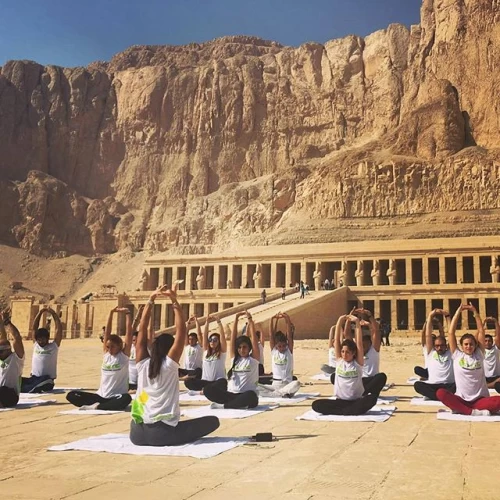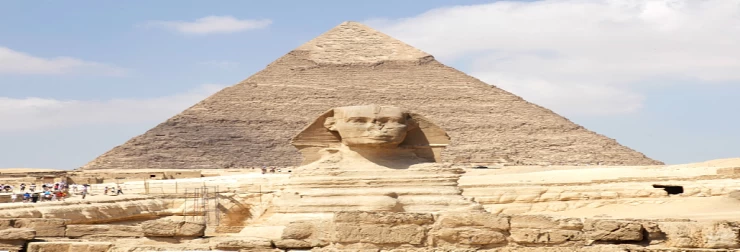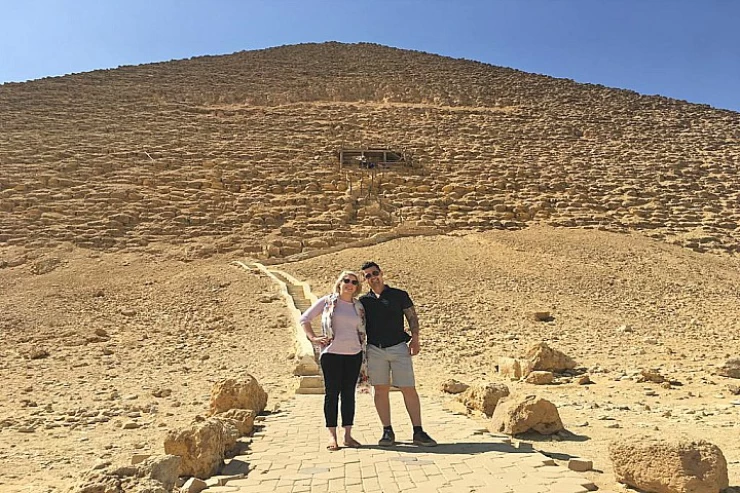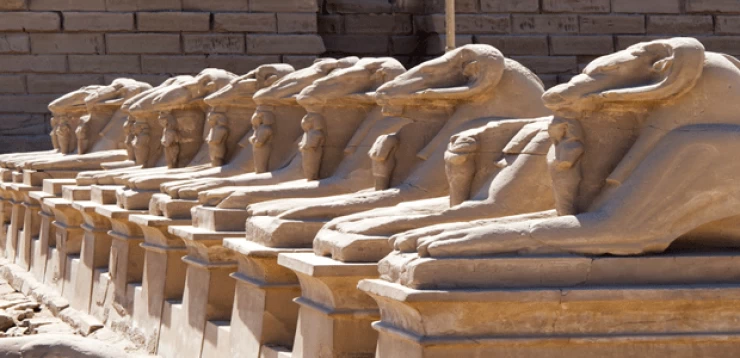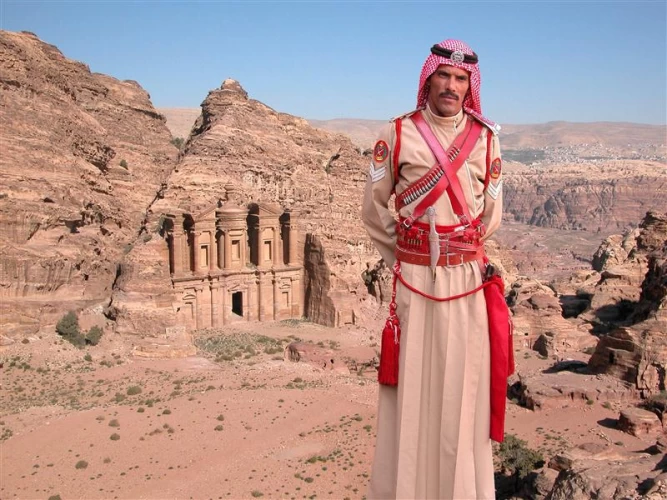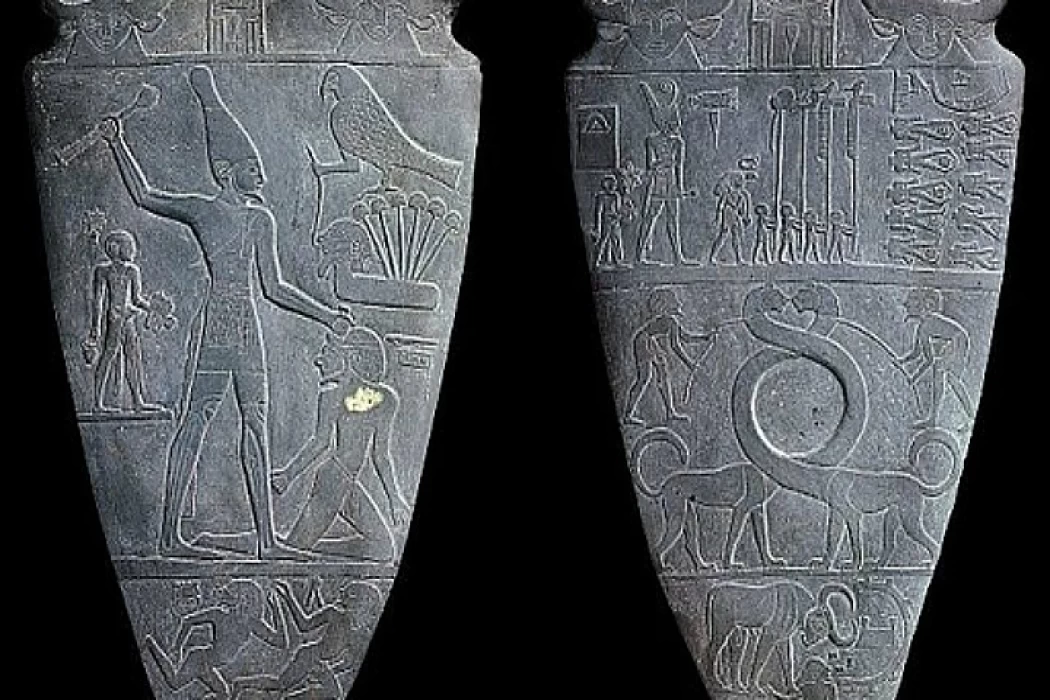
1st Dynasty of Ancient Egypt History
1st Dynasty of Ancient Egypt History
First Egyptian Dynasty: Birth of Civilization The first dynasty of ancient Egypt witnessed the emergence of one of the most enduring and intriguing civilizations in the history of mankind. This was the period about 3100-2890 before the common era, during which the foundation had been laid for succeeding marvels. A period of unification, monumental building, and establishing enduring cultural and religious traditions was hence initiated. Let's take a trip back in time and see the greatness and importance of the First Dynasty of Egypt.
An Amalgamation of Kingdoms
Before the First Dynasty, there were two separate regions of ancient Egypt: Upper Egypt in the southern Nile Valley and Lower Egypt in the northern delta, which were both thereby united into one whole by the mythical King Narmer, who is also known as Menes. The great event is usually regarded as the very foundation of the state of Egypt. It is estimated that around 3100 BC Narmer conquered Lower Egypt and unified both regions into one kingdom, thus paving the way for development toward a centralized civilization—the unique development of Egypt.
No doubt the famous historian Manetho divided the history of Egypt into 30 dynasties, but before we get into the details of the early dynastic period that began with the unification of the two lands of Upper and Lower Egypt under the authority of King Menes, we must first state some details about the dynasty of the archaic period when some seeds of civilization developed.
The Egyptian civilization developed in the valley formed by the Nile River, located in the extreme northeast of Africa. The Nile River runs through the territory from south to north, benefiting agriculture and sailing.
Egypt is located in the northeast of the African continent. In ancient times, it was bordered on the north by the Mediterranean Sea, on the south by the Nubia region, to the east by the Red Sea and the Suez area, and on the west by the Libyan desert.
Geographically, it has two regions: Upper and Lower Egypt. The upper Egyptian region is to the south as the Nile flows from south to north. It covers from Aswan to Cairo. This area is mountainous. The second region is in the north and stretches from Cairo to the Mediterranean Sea. It forms a very fertile valley, watered by the Nile that drains into the Mediterranean Sea.
Egyptian civilization began with the unification of Egypt under a single king. Tradition attributes it to Narmer or Menes, who were once supposed to be the same person. In this period, it began with Dynasty 0.
Then comes the archaic period, or the early dynastic period, which spanned from Dynasty I to Dynasty II. Dynasty I developed from 3050 B.C. to 2860 B.C., with the most important character being Narmer.
As you can well imagine, given the scarcity of historical finds and the imperfect knowledge of the hieroglyphics of the period, the identification of a king of the first dynasty is never precise and certain. Here then Menes is identified by some scholars with Narmer, while according to others he and Aha would be the same person. Finally, according to some, Narmer, Menes, and Aha were three distinct people.
Latest Articles
Admin
Seabourn Sojourn Cruise Stops in Safaga Port
The Seabourn Sojourn, the flagship vessel of Seabourn Cruise Line's ultra-luxury fleet, was built in 2008 at the T. Mariotti shipyard in Genoa, Italy. Measuring 198 metres, it can accommodate up to 450 guests in its 225 spacious all-suite staterooms.
Admin
Norwegian Sky Cruise Stops in Safaga Port
Norwegian Cruise Line operates a cruise ship called the Norwegian Sky. It was constructed in 1999 and can accommodate 2,004 passengers in addition to 878 crew members. The ship has several dining establishments, lounges and bars, a spa and fitness center, swimming pools, and a number of entertainment areas.
Admin
Explora II Cruise Stops in Safaga Port
Explora II, the second vessel in the Explora Journeys fleet, sets sail in 2024 to redefine luxury cruising. With 461 ocean-front suites, 9 culinary experiences, and 4 pools, this haven of sophistication and sustainability promises an unforgettable "Ocean State of Mind" journey to inspiring destinations.
Admin
Mein Schiff 6 Cruise Stops in Safaga Port
The Mein Schiff 6 is the latest cruise ship in the renowned TUI Cruises fleet, offering passengers a luxurious and sophisticated cruise experience. At 315 metres long, this floating resort features a range of dining options, entertainment, and recreational facilities, including a spa, fitness centre, and sports amenities.
Admin
Mein Schiff 4 Cruise Stops in Safaga Port
When the Mein Schiff 4 cruise ship docks in Safaga, Egypt, passengers are granted access to a realm of ancient wonders. Aboard this state-of-the-art vessel, guests can embark on meticulously curated shore excursions that showcase the region's most iconic landmarks, including the Giza Pyramids, the enigmatic Sphinx, and the remarkable tombs and temples of the Valley of the Kings in Luxor.
Admin
MS Europa Cruise Stops in Safaga Port
The Silver Moon, Silversea's latest flagship, is a luxury cruise ship that offers an exceptional travel experience for Venezuelans exploring Egypt. With a capacity of 596 guests and an impressive 40,700 gross tonnes, the Silver Moon maintains the small-ship intimacy and spacious all-suite accommodations that are the hallmarks of the Silversea brand.







